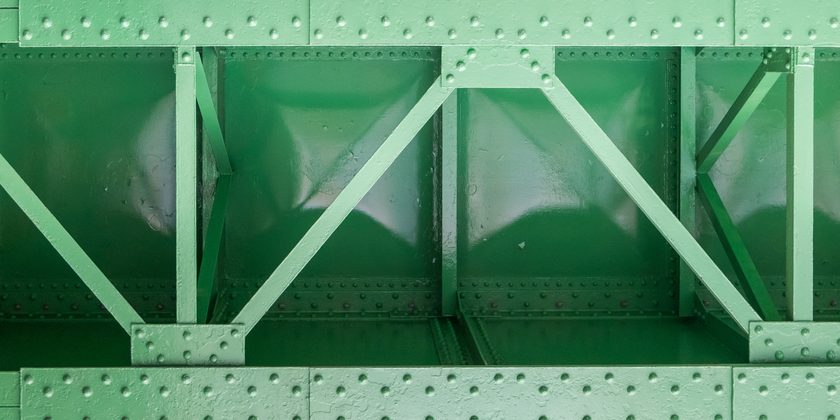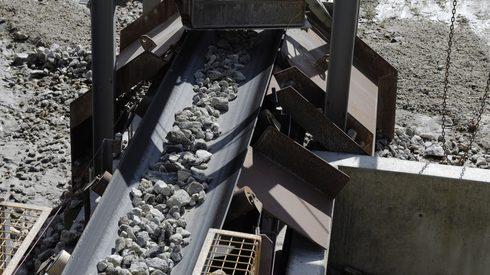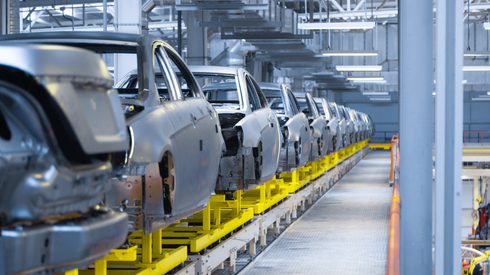When end-users are willing to pay more for low-carbon emission steel, mills will be ready to provide, one service center executive said.
“The success of any green steel initiative is going to hinge on acceptance all the way downstream – the end user,” the executive said. “If the end users will not pay the higher price, it is unreasonable to have the distributor pay for the burden of a higher green price from the mill…ultimately, if this is going to be successful, it will occur over years.”
At least some auto producers are trumpeting their low-carbon sourcing standards. Mercedes-Benz signed a deal with Nucor in March for its low-carbon Econiq™ sheet, and the auto maker signed a similar deal with Steel Dynamics Inc in September.
It is unclear what premium, if any, Mercedes-Benz paid for the low-carbon sheet.
What is green steel?
At least some of the confusion surrounding green steel lies in the definition; green steel has been characterized to Fastmarkets as everything from hot-rolled coil produced in an electric-arc furnace (EAF) to true zero-carbon steel produced without fossil fuels.
Reported premiums start from about $40 per short ton, which Cleveland-Cliffs charges as a surcharge for its products made with hot-briquetted iron.
Cleveland-Cliffs has previously described its Cliffs H surcharge as the “only true green steel premium.”
Yet steelmakers are commanding much higher figures in both Europe and Asia.
Fastmarkets’ green steel import, differential to HRC index, cfr Vietnam price was $204-340 per tonne on Friday May 10, while its equivalent green steel domestic, flat-rolled, differential to HRC index, exw Northern Europe was at $150-250 per tonne on Thursday May 9.
The carbon threshold for Fastmarkets’ Asian green steel price is 1.3 tonnes of carbon dioxide (CO2) emitted per 1 tonne of steel produced (tonne CO2/1 tonne steel), while Europe’s threshold is 1 tonne CO2/1 tonne steel. Both thresholds encompass Scope 1, 2 and 3 emissions.
Due to the preponderance of EAF steelmaking in the US, it is likely that a proposed green steel threshold would be below 1 tonne CO2/1 tonne steel, according to a variety of market sources polled by Fastmarkets.
Leaving green on the table
Whether US mills can charge more for a natively greener product, however, remains to be seen.
“As far as green steel, we do not offer it, we do not buy it and I doubt we ever will unless we are forced to buy it,” one distributor said, disparaging the green steel movement in general. “We are the least polluting steel industry in the world. I say when everyone matches our numbers, then we all start working it down from there.”
Moral high ground aside, at least some buyers are scouting green steel options ahead of projected customer demand to avoid leaving money on the table.
“[I] do agree that the branded products are asking for that $30-50 per short ton range, but the push is not there outside of our European based customers, who are figuring out that by replacing any of their integrated buys with a mini-mill, they get a significant [carbon] reduction,” one buyer said.
A second buyer said they hope to jump the market, despite a current lack of inquiries.
“Currently, none of my customer base has asked us for low-carbon steel products, so I haven’t gone down that path just yet,” they said. “Going into my contract negotiations for 2025, I will be bringing this topic up, as I’d like to get ahead of the game and be able to bring options to my main customers when needed.”
Another buyer opined that mills will soon have to make the leap from simply quantifying their carbon emission savings to getting paid for them.
“Right now, I am seeing customers in the data collection period,” they said. “They are asking about emissions. But I have not seen that transfer into influencing purchasing decisions yet. I see producers publishing emissions reports, but how will they quantify that into a value?”
Discover how our suite of green steel prices can support your ‘green’ investment decisions while bringing transparency to the industry. Find out more.







